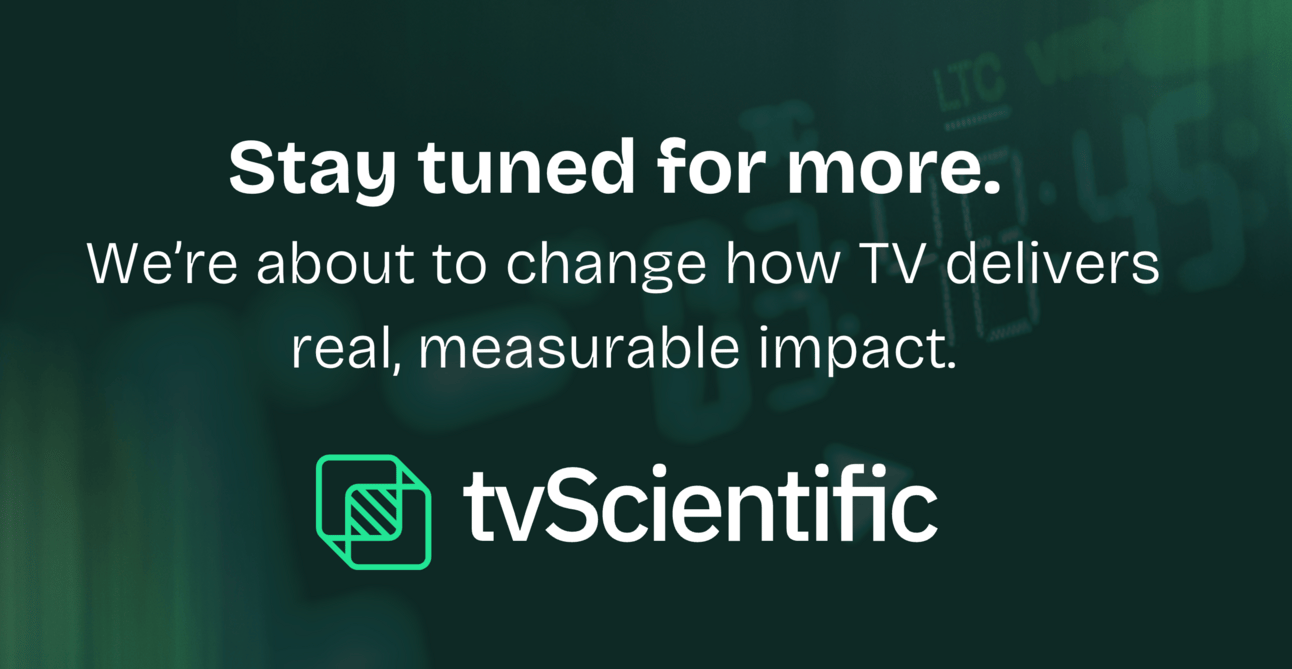- Inside Performance Advertising with Jason Fairchild
- Posts
- Welcome to the Outcomes Era
Welcome to the Outcomes Era
Welcome to the Outcomes Era.
Search and social now account for roughly two-thirds of US ad spend, and the vast majority of that spend is tied directly to outcome-based KPIs. This is not some radical new shift. Paid search has existed since the end of the last century. Social followed about a decade later. What’s changed is that outcomes are no longer optional. They’re expected.
What’s more surprising is how traditional media remains largely oblivious to this reality. The very fact that the term “Outcomes Era” is being tossed around like it’s something new reveals the echo chamber dynamics of the advertising and ad tech industry. Big media companies talking to each other, about each other, while the entire industry continues to evolve away from awareness marketing toward outcomes, further benefiting Google, Facebook, Amazon, etc.
Why is this happening? Because “big media” hasn’t accepted the truth: we’ve been in the Outcomes Era for over 20 years.
Here’s a stat for perspective: in TV, the top 500 brands account for 85% of the ~$65B spent annually (across linear and CTV). Meanwhile, there are over 9 million advertisers using search and social, each of them fluent in the language of outcomes. Yes, the total US advertising market is already two-thirds outcome-oriented.
TV needs to catch up.
Why is traditional media still stuck?
So much of the media industry is still comfortable swimming in the slowly boiling pot of awareness-based marketing. Why?
1. The brand advertising industrial complex is self-reinforcing.
Inertia is hard to overcome. Brands are used to buying inventory or impressions, not outcomes, and it's hard for them to change their ways. The ecosystem is obsessed with legacy KPIs, and it will take bold decision makers and convincing disruptors to shift the status quo.
2. Incentives reward spending, not performance.
The incentive structure is fundamentally broken. As a traditional DSP, the more of an advertiser's money I spend, the more I earn. Companies like The Trade Desk have built incredibly efficient machines for spending massive amounts of brand money, and they get 20%. Once you're hooked on that model, it's hard to pivot toward outcomes. And this dynamic applies to most of the advertising industrial complex.
Without adding in outcome KPIs, ad spend is not held accountable to what marketers are held accountable to: sales lift.
3. Outcome advertising is hard.
Anyone can sign up for a DSP and spend money like a drunken sailor. But consistently delivering measurable outcomes? That takes commitment, discipline, data, technology, and relentless accountability around delivering clearly defined outcomes. It also likely requires a whole new set of people and processes.
4. There’s no vision for change.
Too few organizations are actually confronting the data. By 2028, US digital advertising will exceed $450B (most of it performance-based), while CTV will hover around $45B (largely brand-focused). Why the disparity? Because advertisers are demanding results, not impressions. The answer to the question, "Why do we advertise?" is always: Outcomes. Outcomes. Outcomes.
Some will push back: “But Delta Airlines or Geico or State Farm will always spend a massive amount of money on brand advertising!”
Maybe. But when two-thirds of all advertising is outcome-based, the CFOs at those companies will eventually start asking: "If we can measure cost-per-seat-sold (or policy sold) for all media investments, why in the hell are we not doing that?"
And the fiscally disciplined CFO always wins over the CMO, so this will most certainly happen.
5. The wrong metrics are killing the right channels.
TV is an outcome channel. Radio is an outcome channel. But if you're measuring them solely on GRPs and reach, you're missing the point and the opportunity. These channels won't die because they don't work. They'll die because the legacy industry refuses to measure them properly. TV is likely the most powerful outcome channel, but very limited legacy measurement has failed to make TV relevant enough to the Outcomes Era.
What Needs to Change
If I were leading a holding company, here's what I’d do today:
Confront reality. Two-thirds of U.S. advertising is now outcome-based. That number is only going up. We can either evolve or we can die.
Set a vision. Gather the leadership team for a strategic "Outcomes Offsite" and build a five-year plan to shift from billing KPIs to outcome KPIs.
Fix incentives. Move away from input-based compensation (dollars spent) and toward value created. Tie bonuses to outcomes, not spend.
Make outcomes universal. Every campaign, even brand awareness, should tie to outcomes: brand lift, site visits, geo-lift, whatever it takes. This is totally doable.
When a client gives you an RFP with something like: “What is the best way to operationalize hyper-personalized, end-to-end customer journeys across onboarding, engagement, and retention?”
Respond with a plan that is measured on outcomes: user acquisition KPIs, engagement KPIs, retention KPIs, brand lift KPIs. Be specific: We will measure success on a cost per new customer of X, with engagement KPIs of Y, and retention KPIs of Z. Perhaps add lifetime value as another outcome KPI.
Where clients don’t speak outcomes? Teach them. Or they will learn from someone else.
Connect awareness to outcomes. Awareness channels don’t need to go away — they need to evolve. Measure differently. Prove value to driving outcomes. Reclaim relevance of traditional brand channels by connecting them to outcomes. They will sink or swim on these new KPIs, which is a good thing. This is doable.
This won’t be easy. It won’t be popular. But the right path is rarely the easy one. If this industry is going to survive, it needs to stop worshipping fuzzy awareness input KPIs and start retooling around, and delivering, outcomes. Because in the end, outcomes always win.
To help brands and their marketing teams thrive in the Outcomes Era, tvScientific is actively working on something big. It’s designed to help you shift from traditional metrics to performance-based outcomes with more precision, efficiency, and accountability than ever before.

